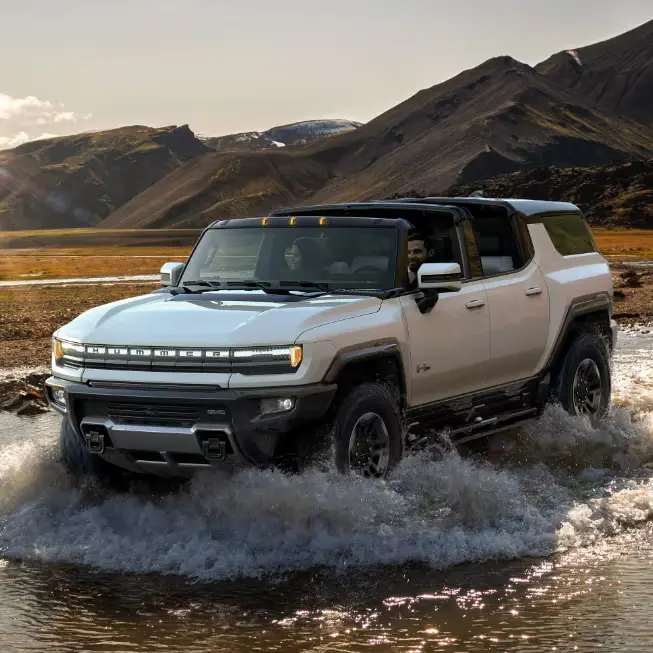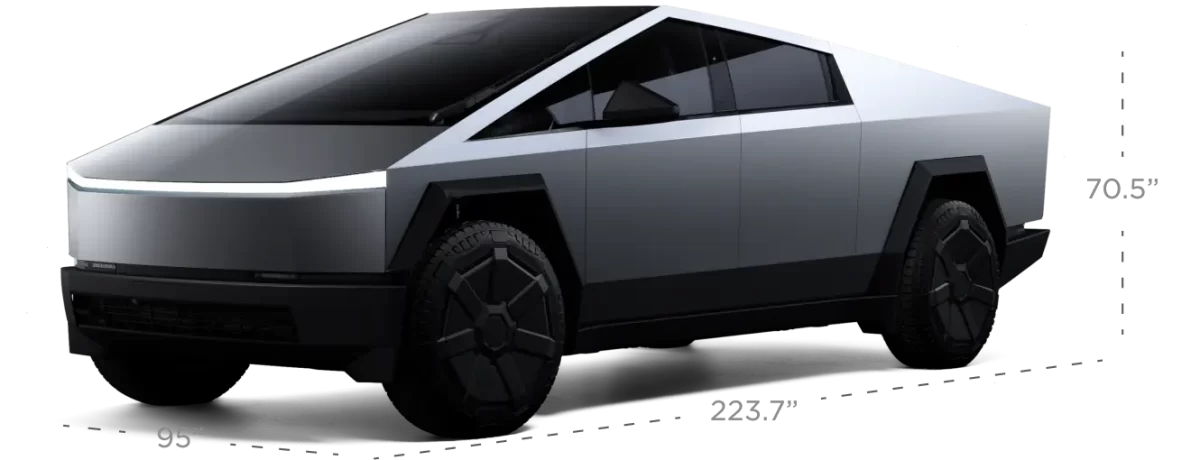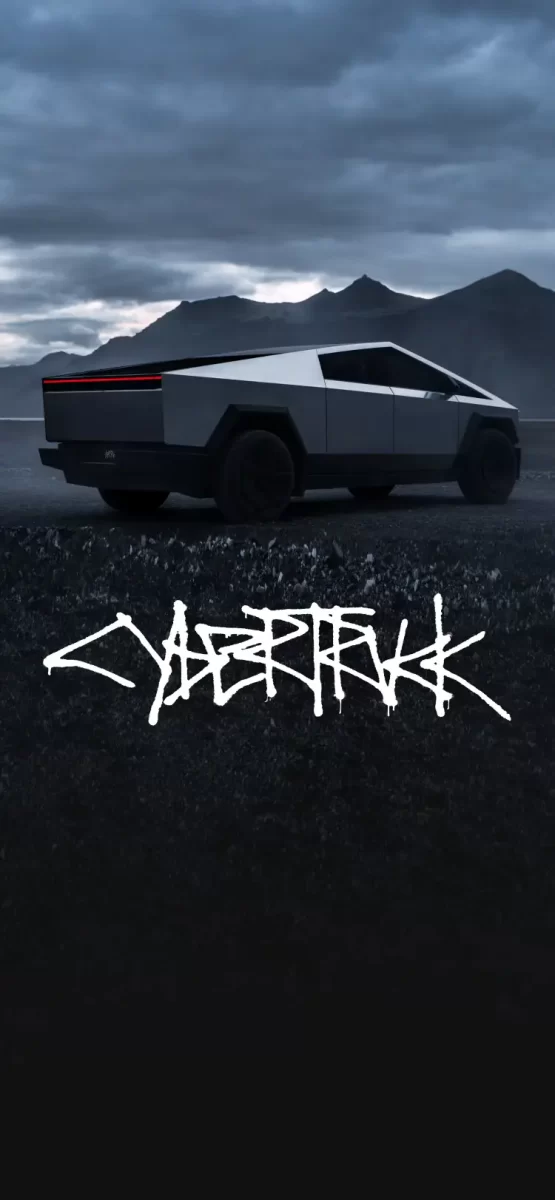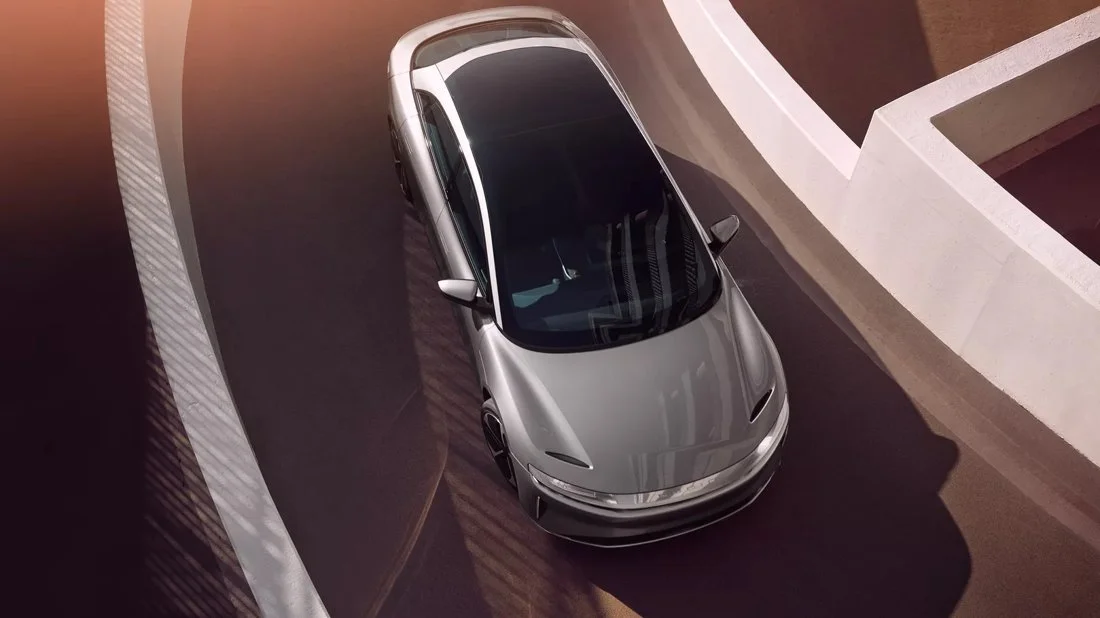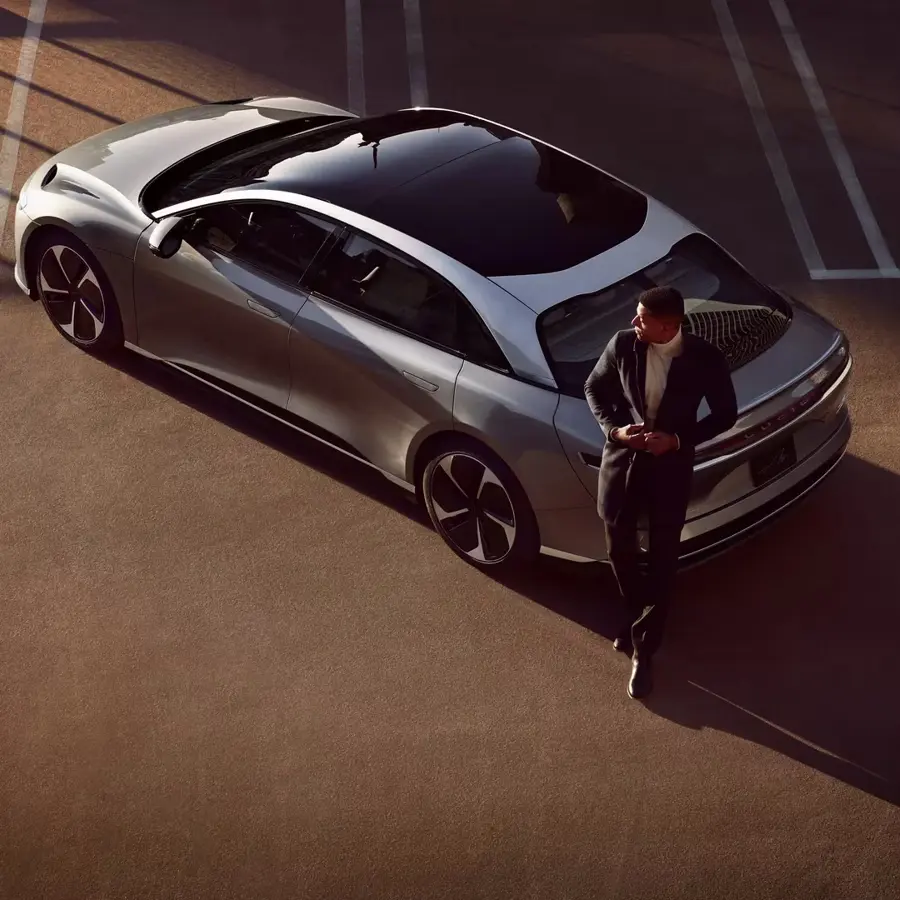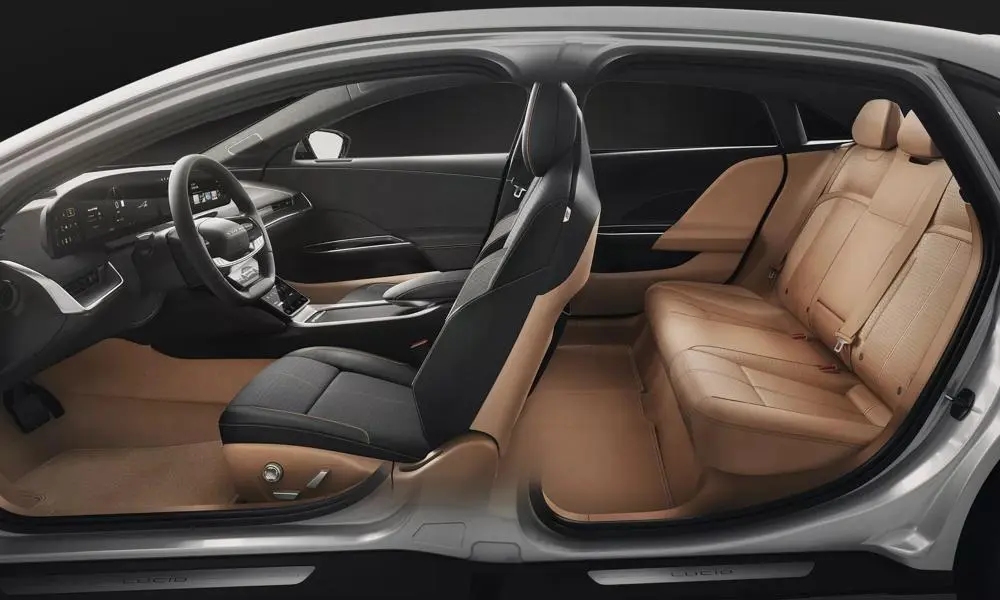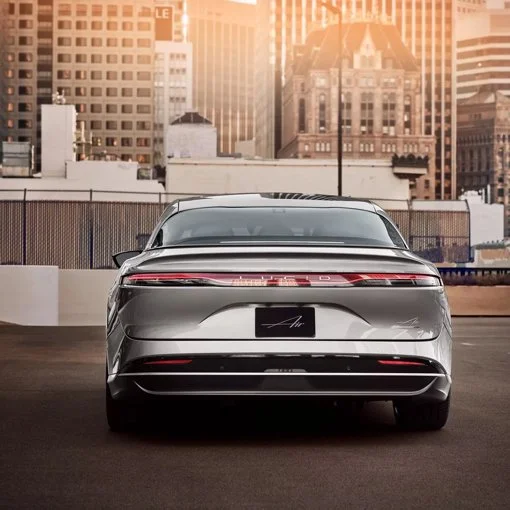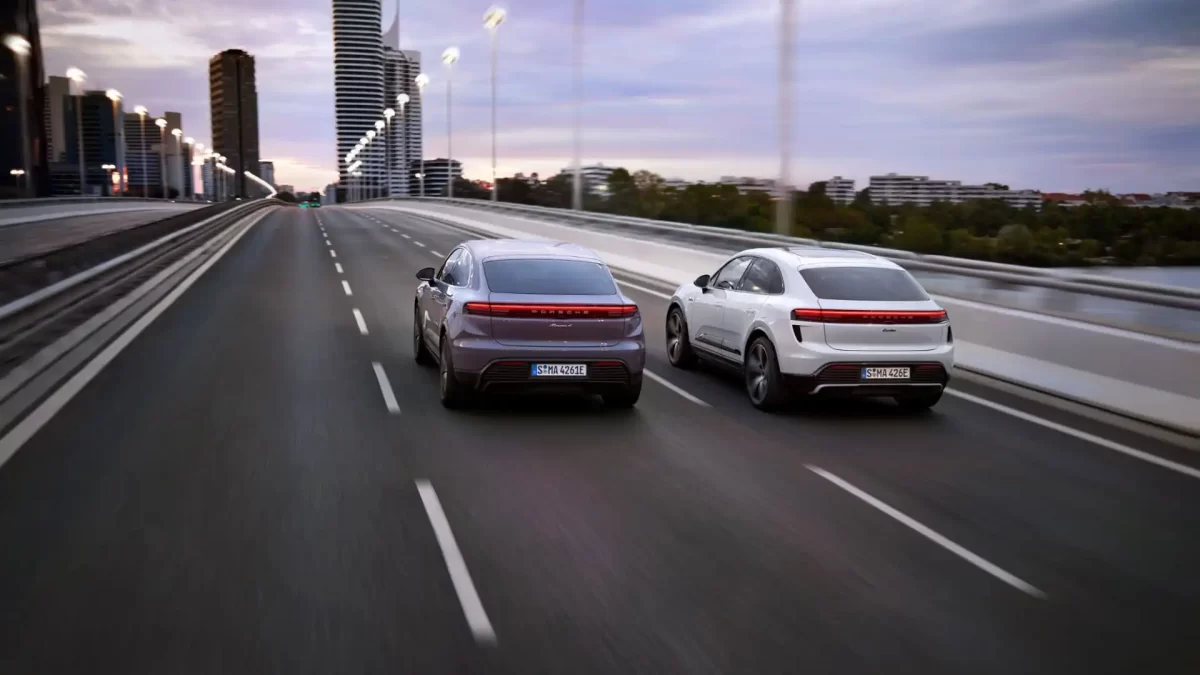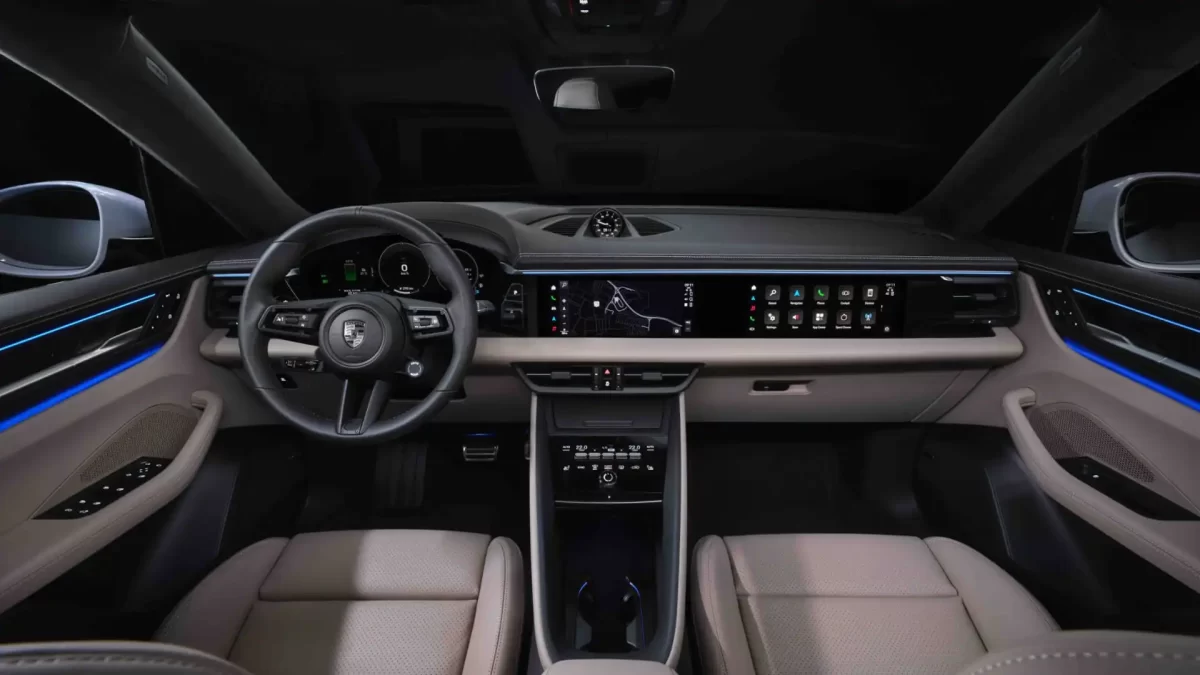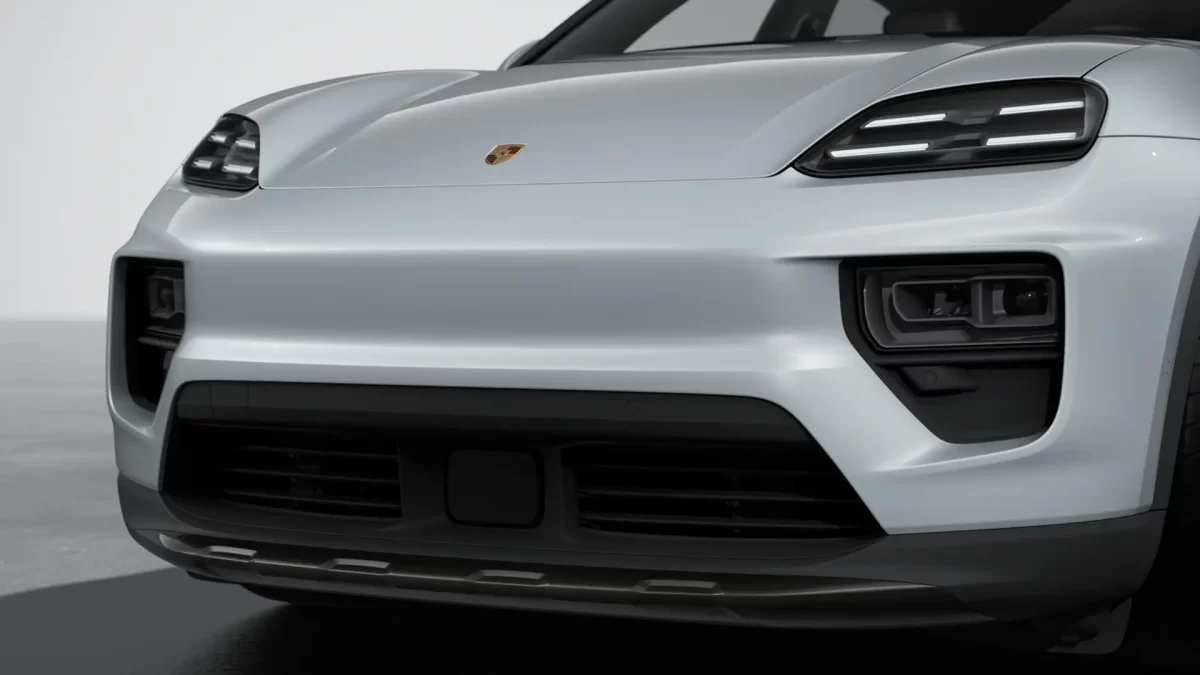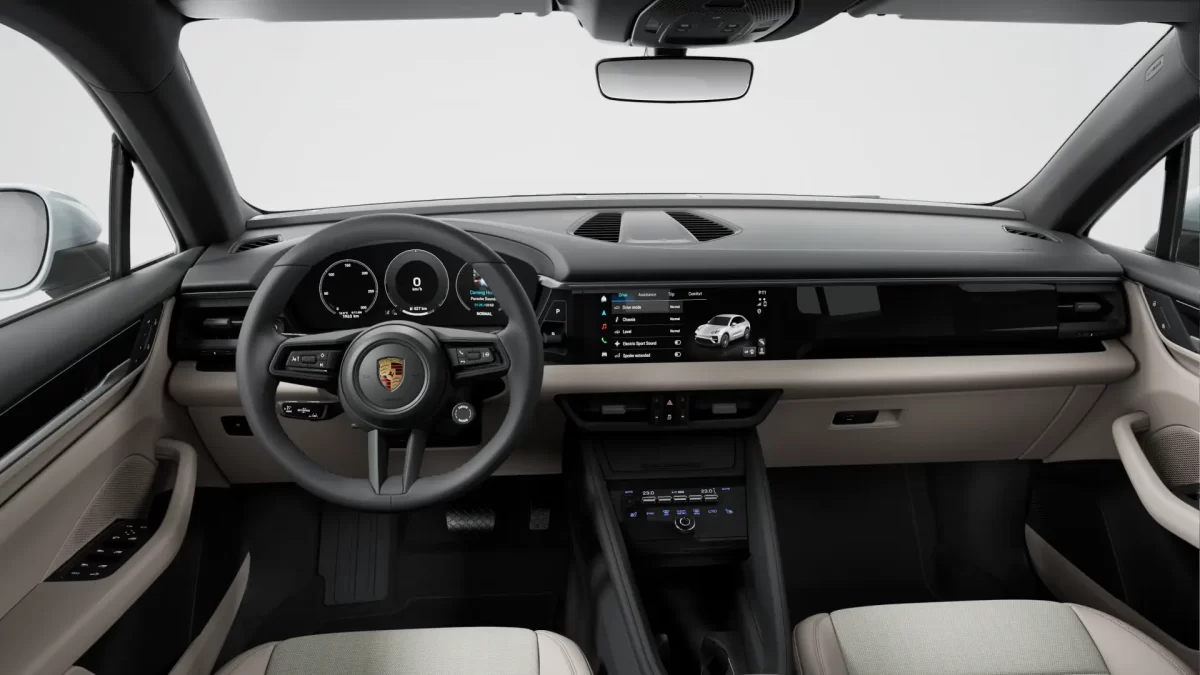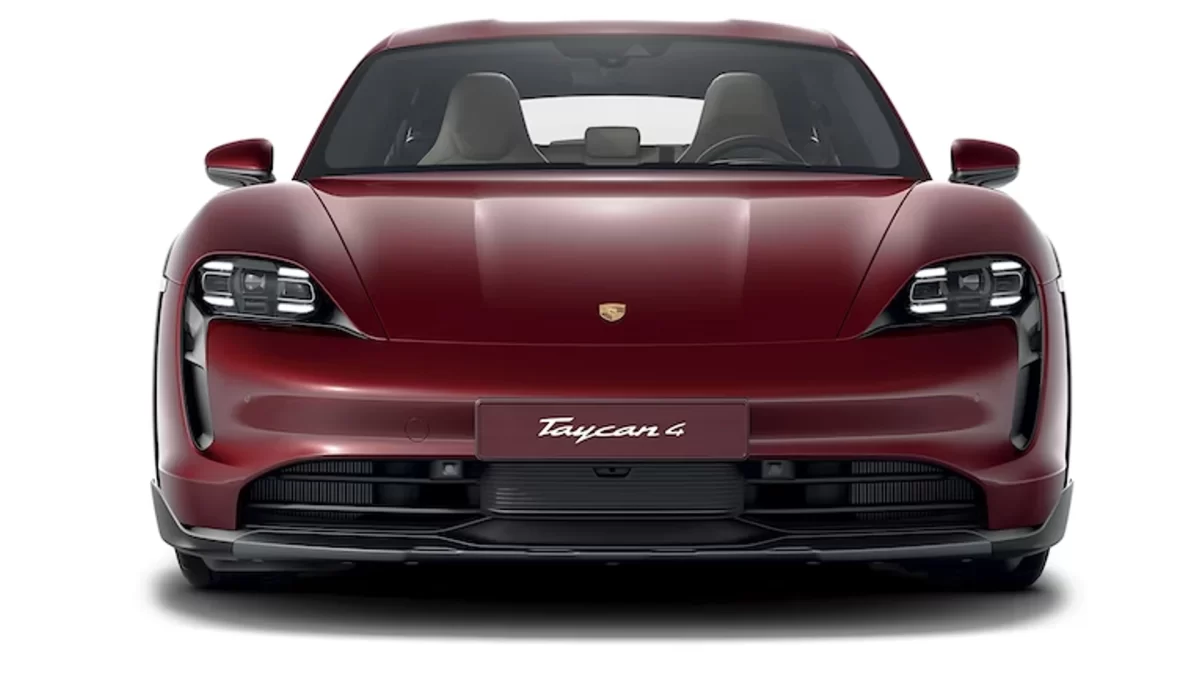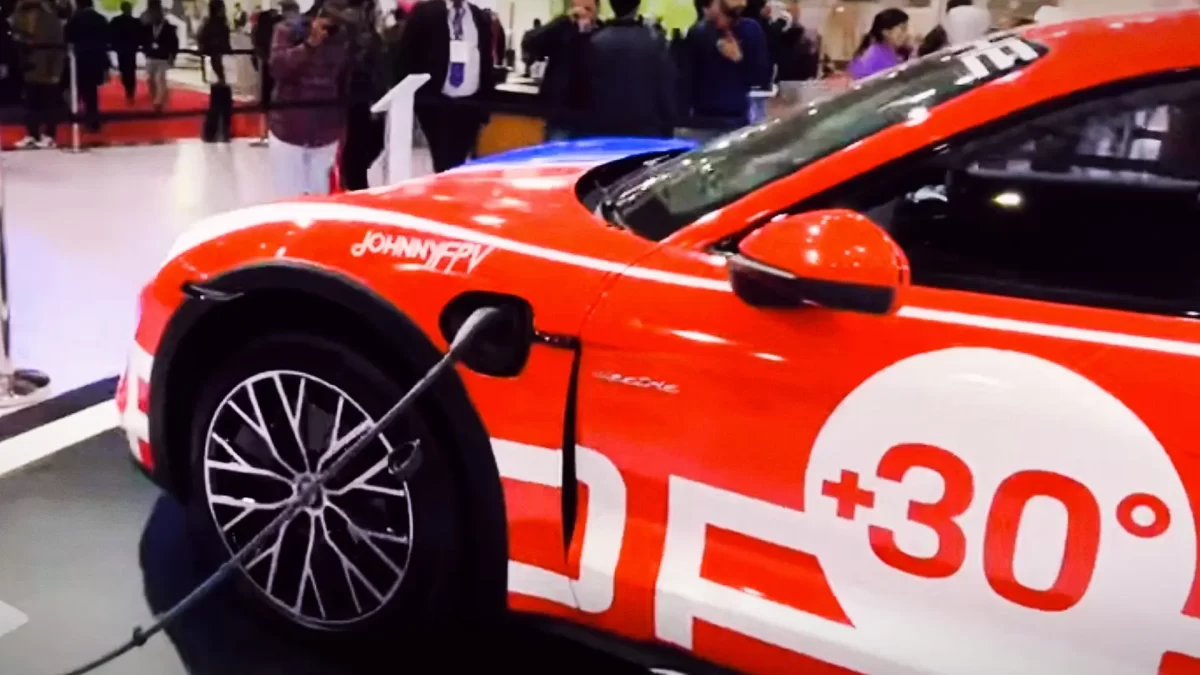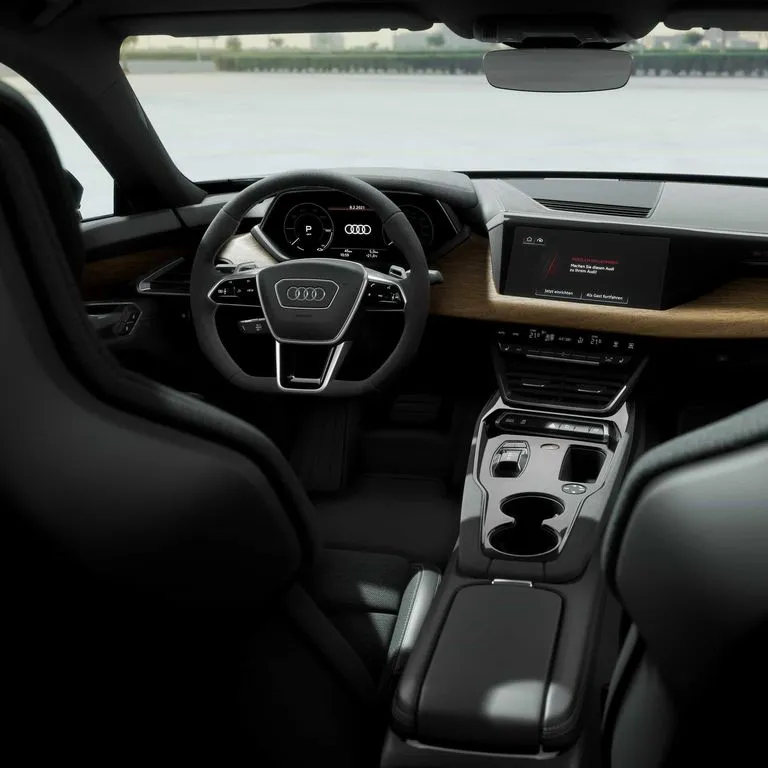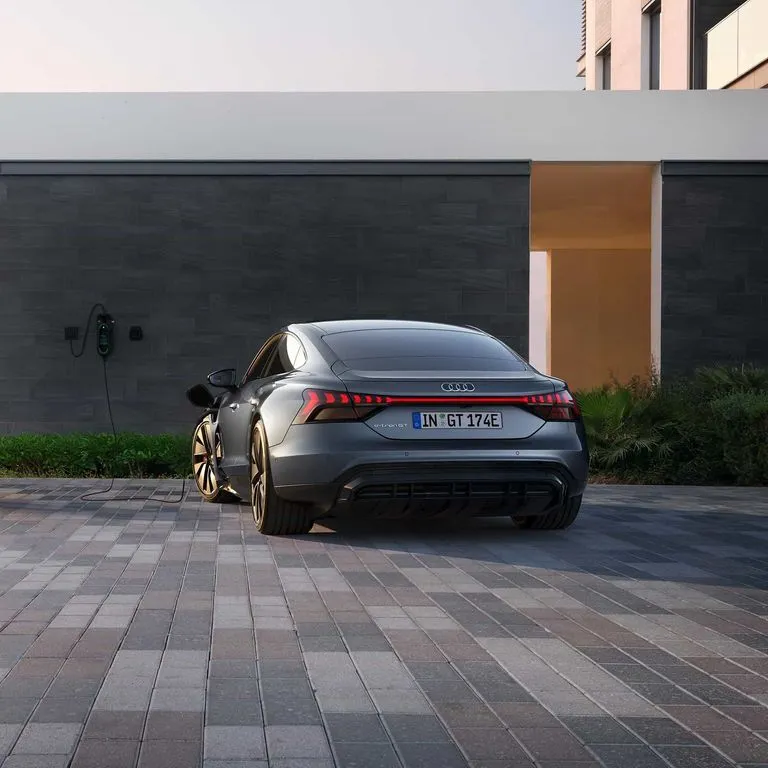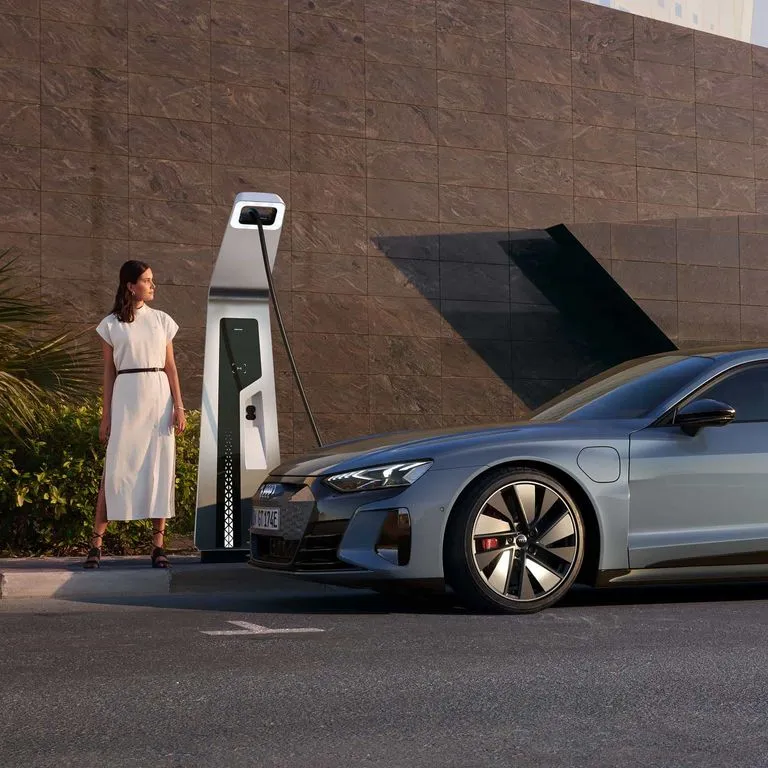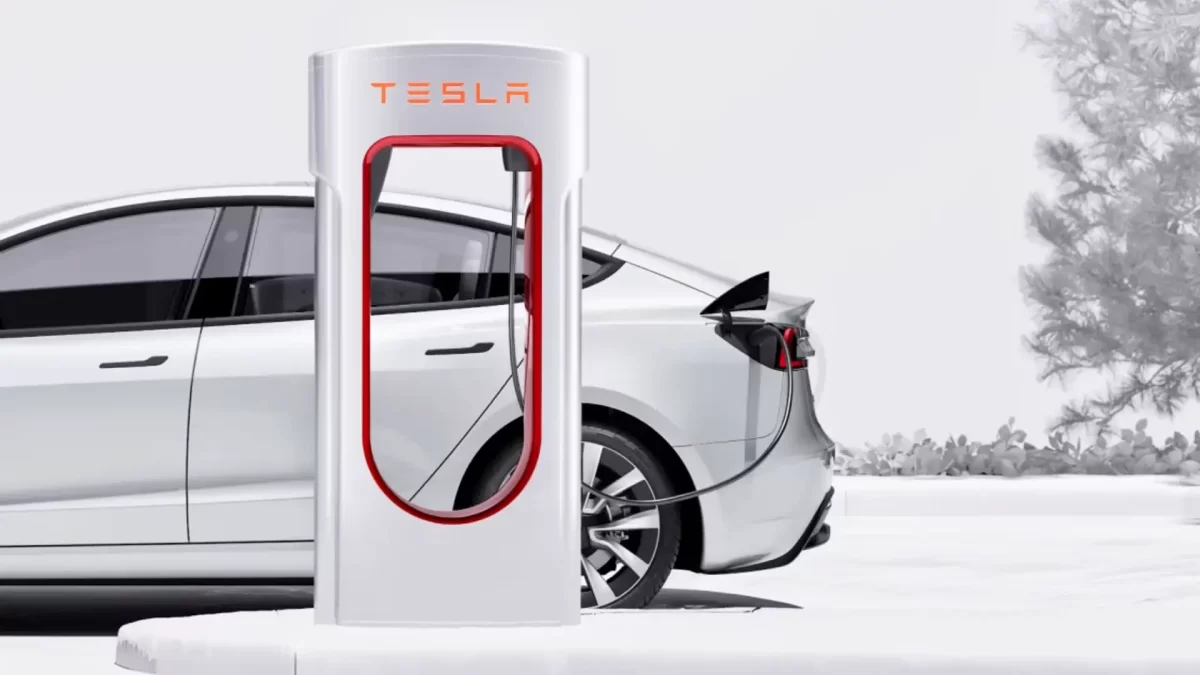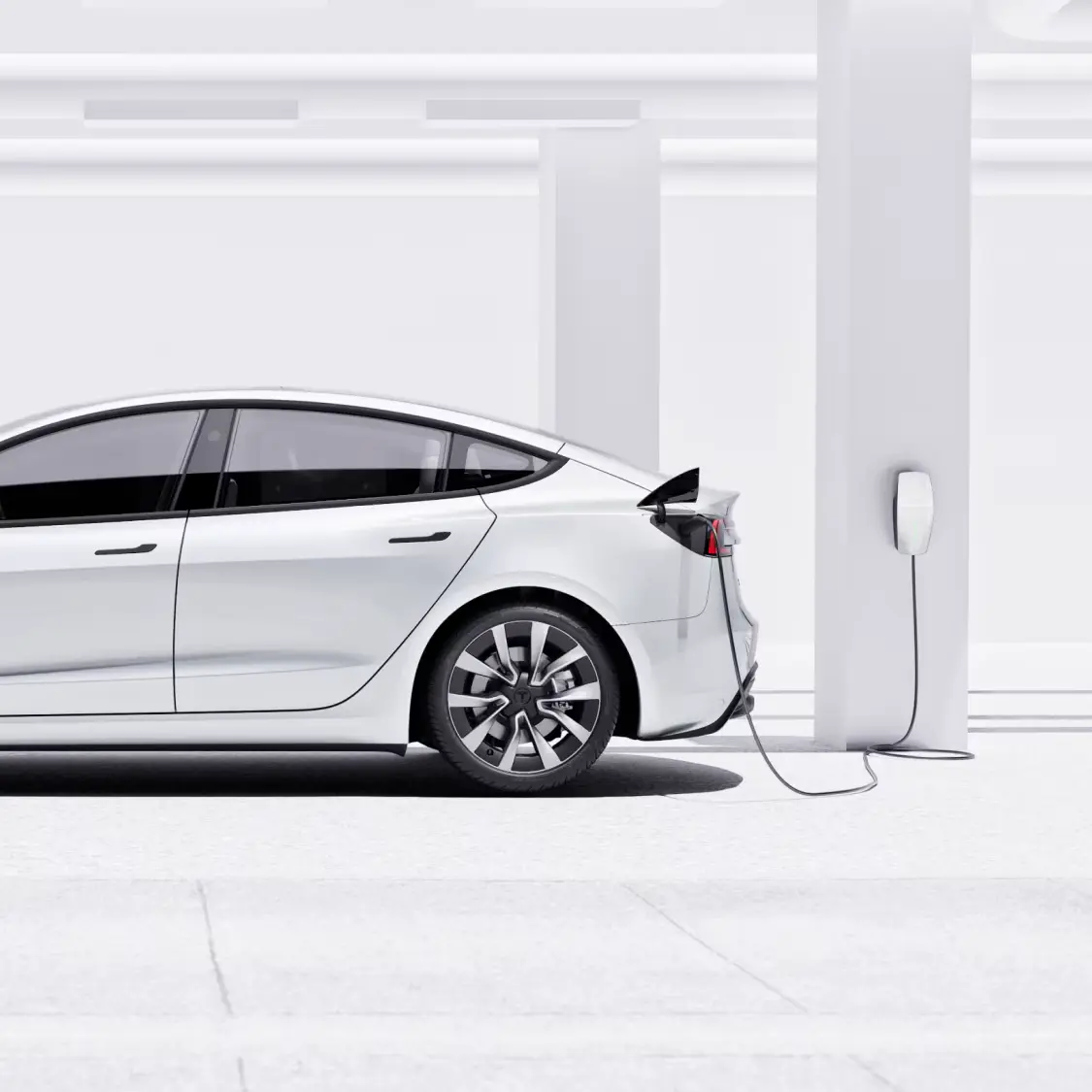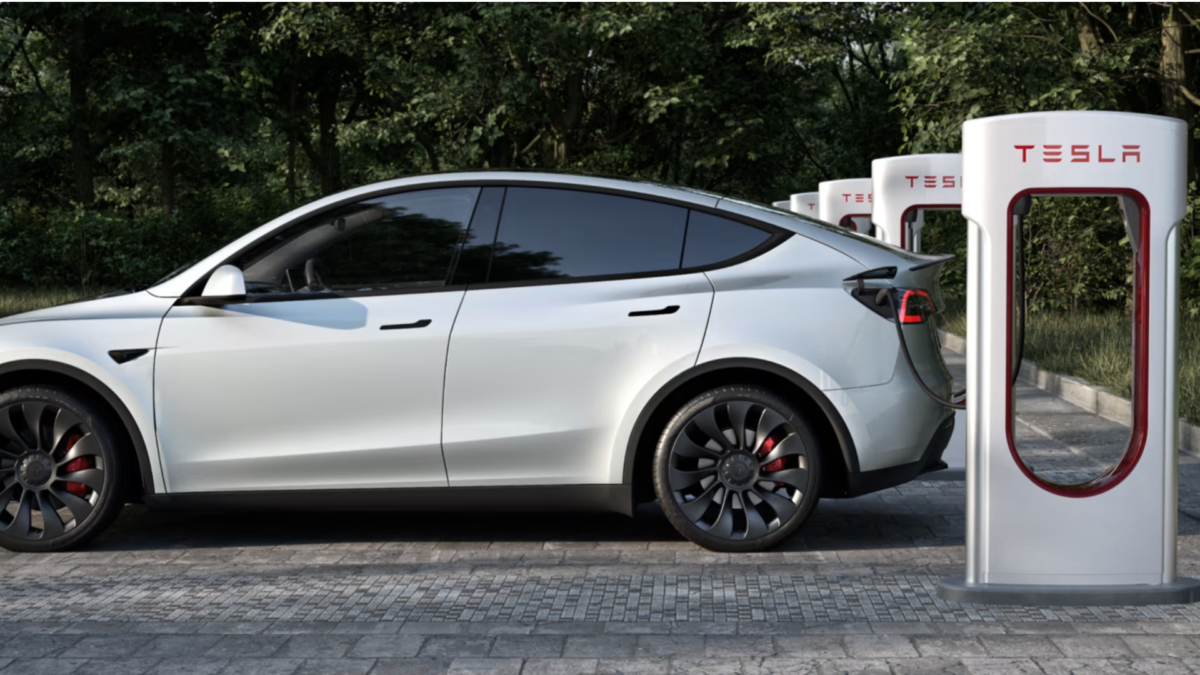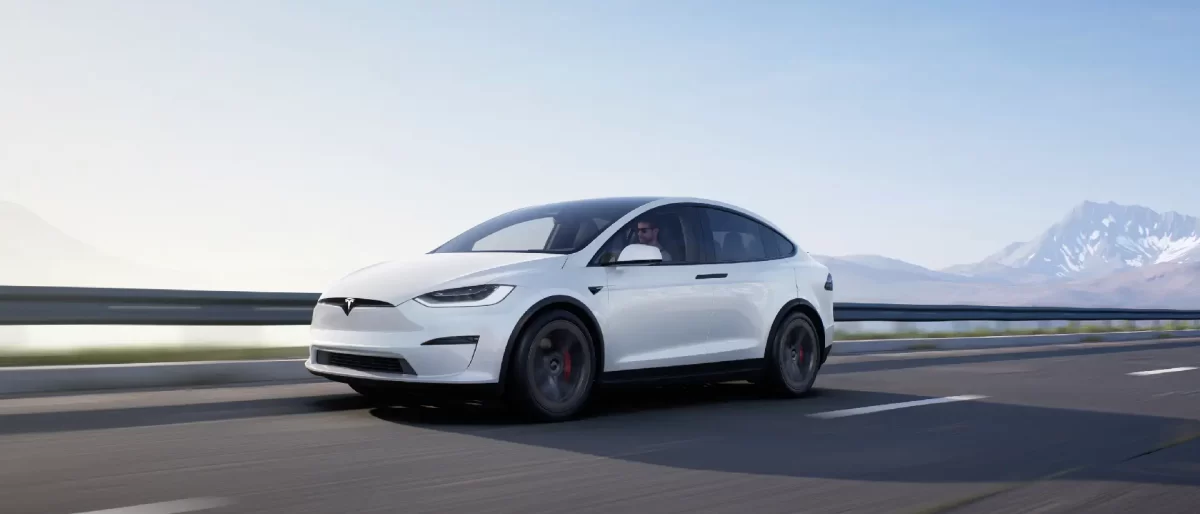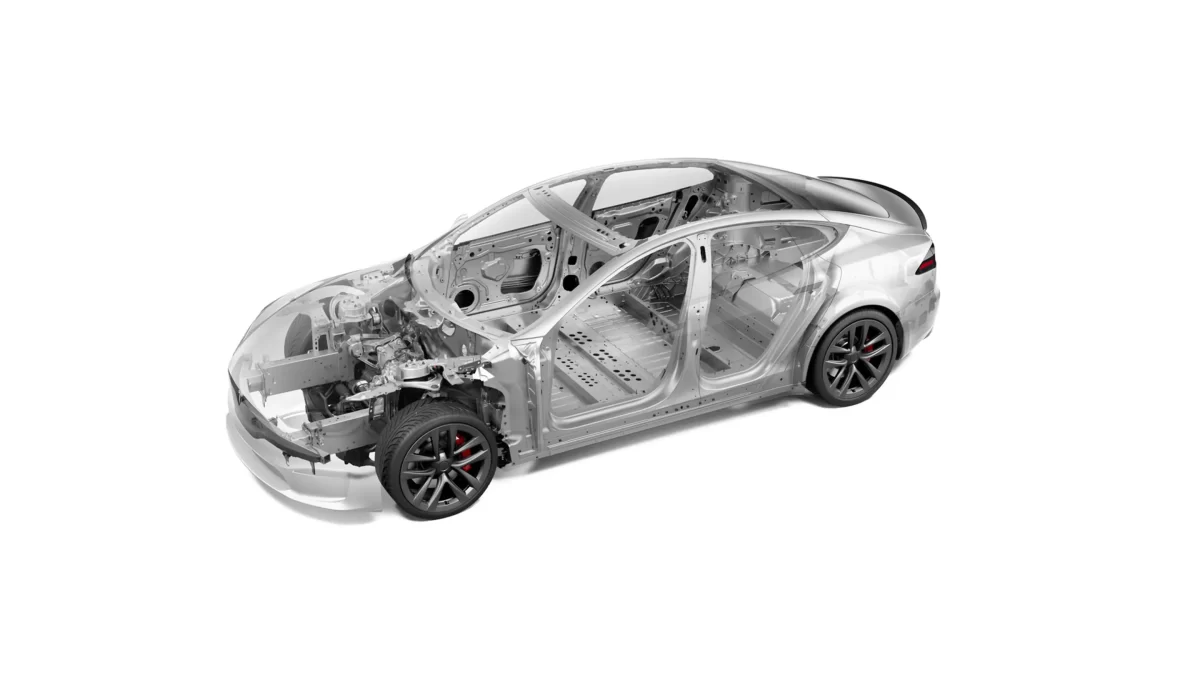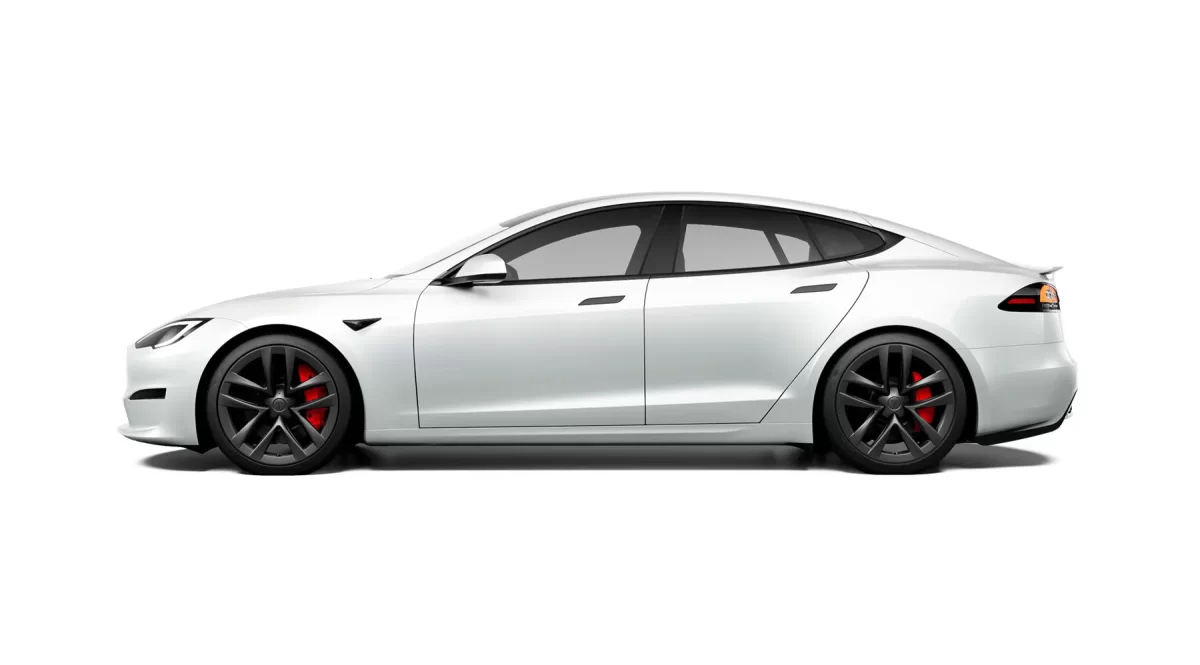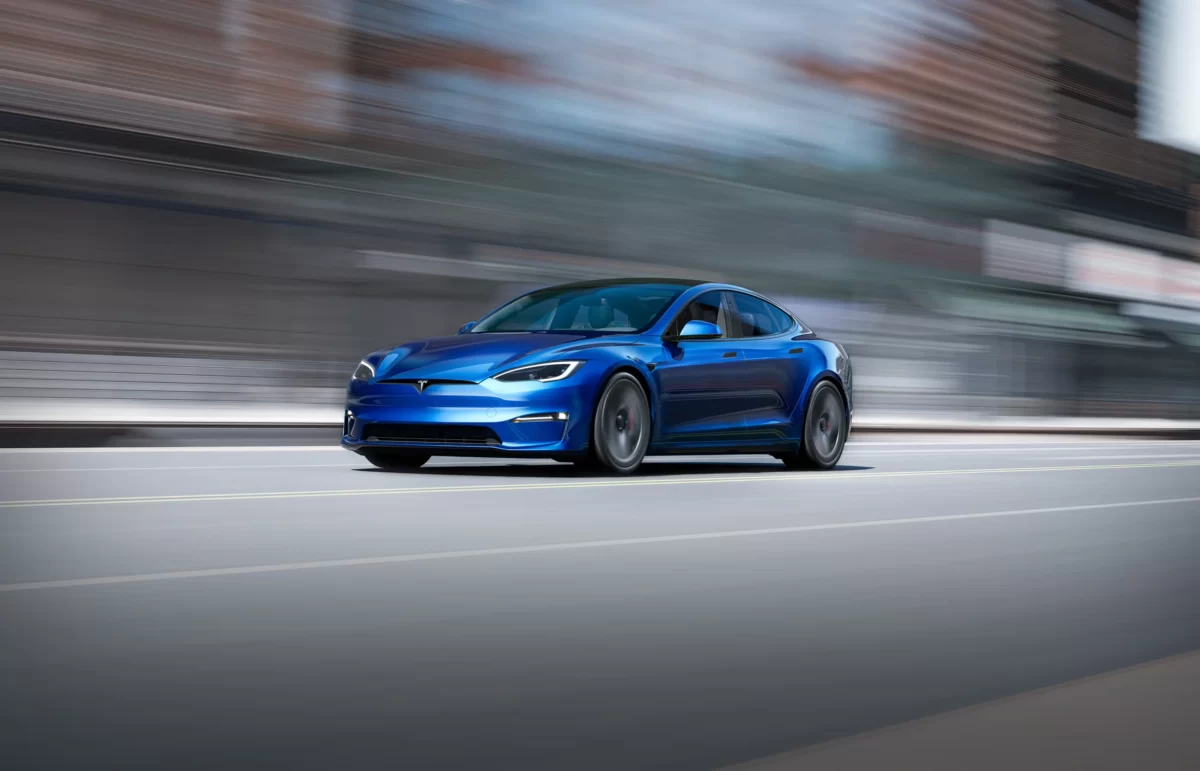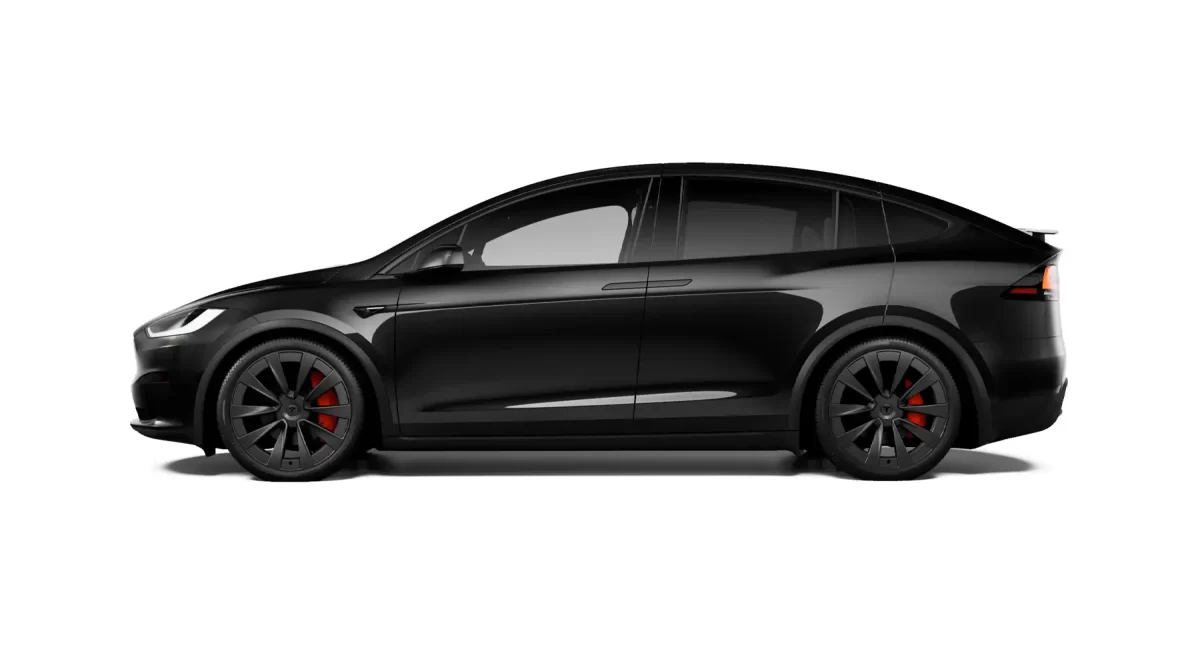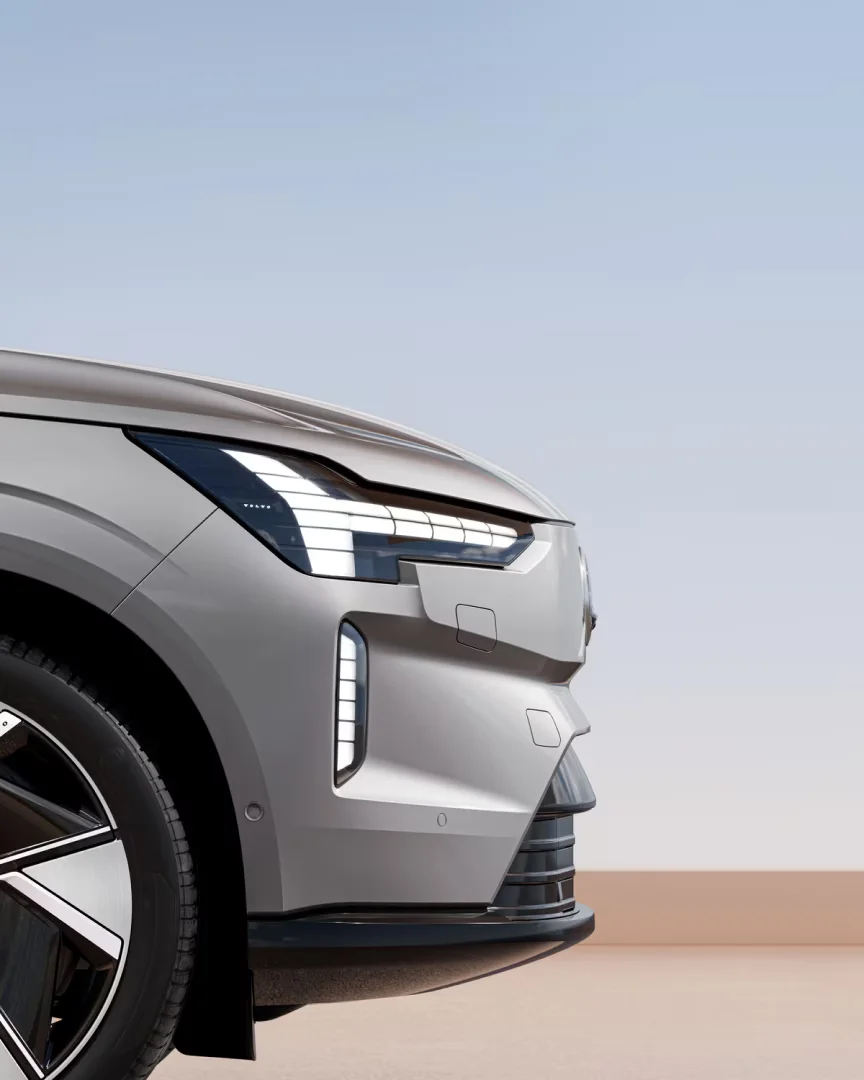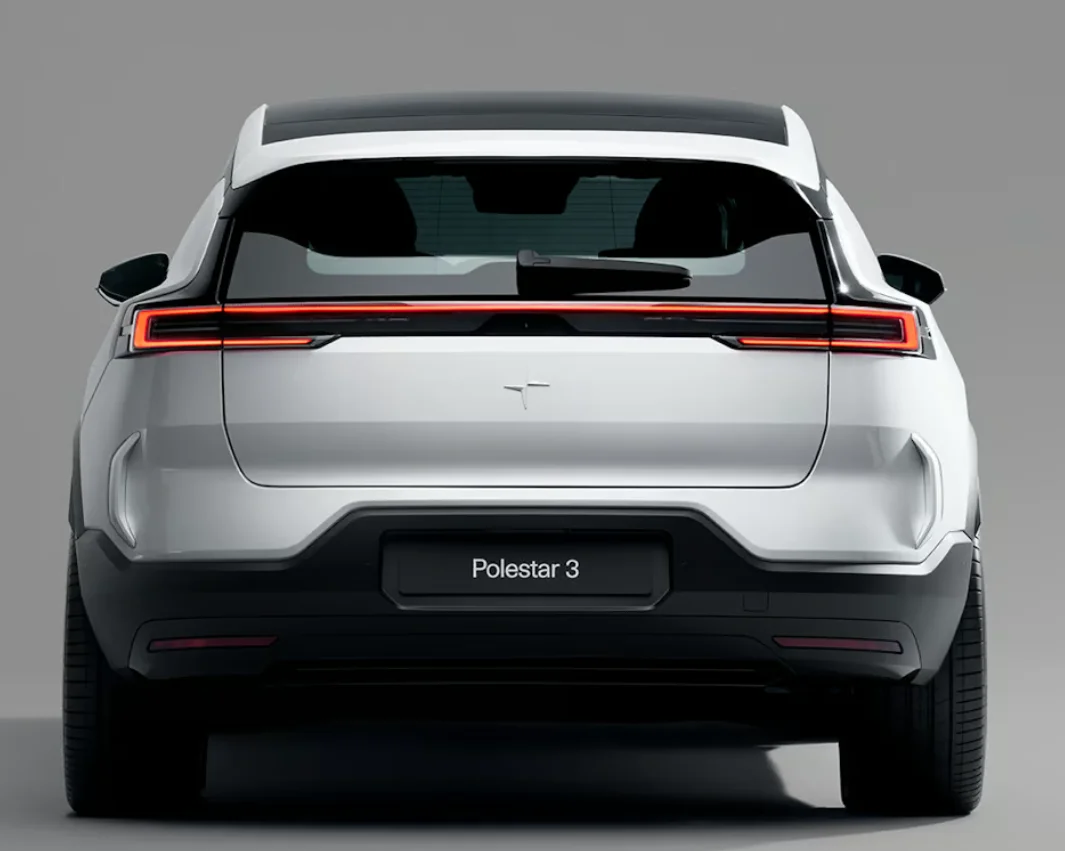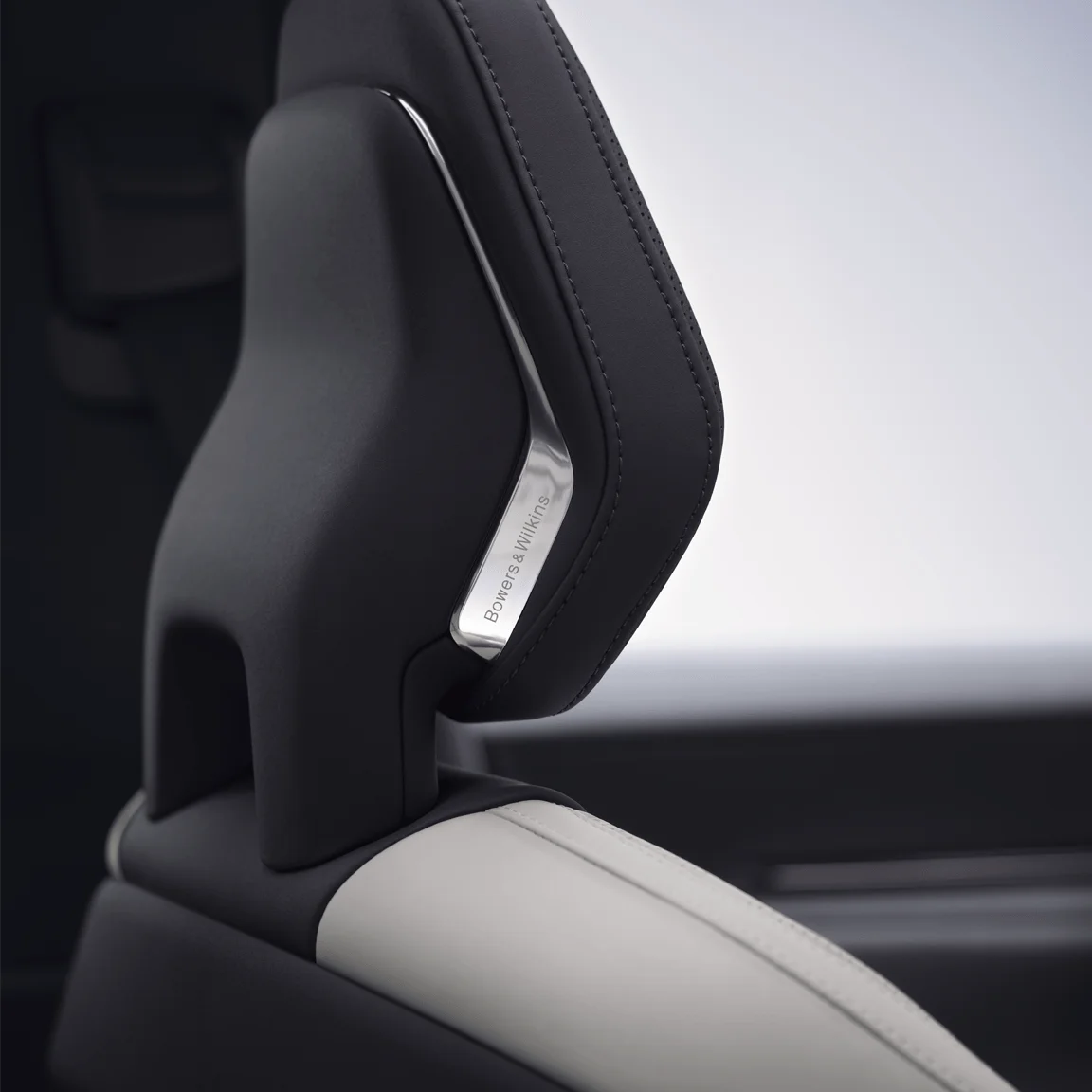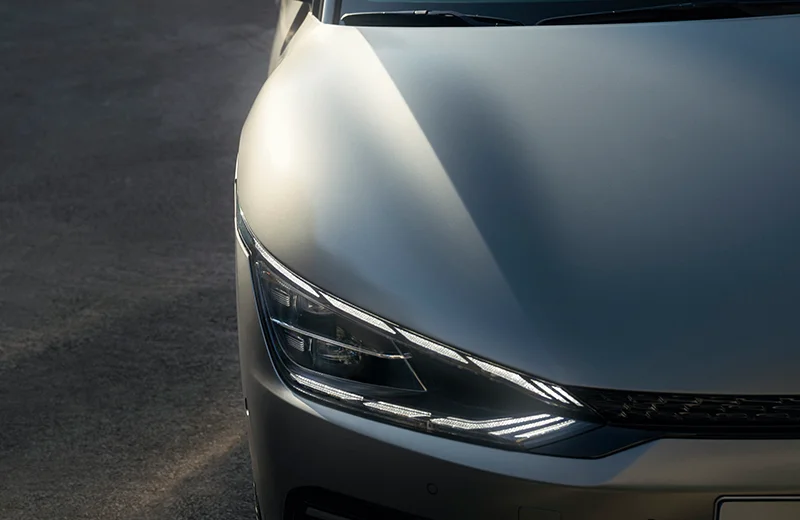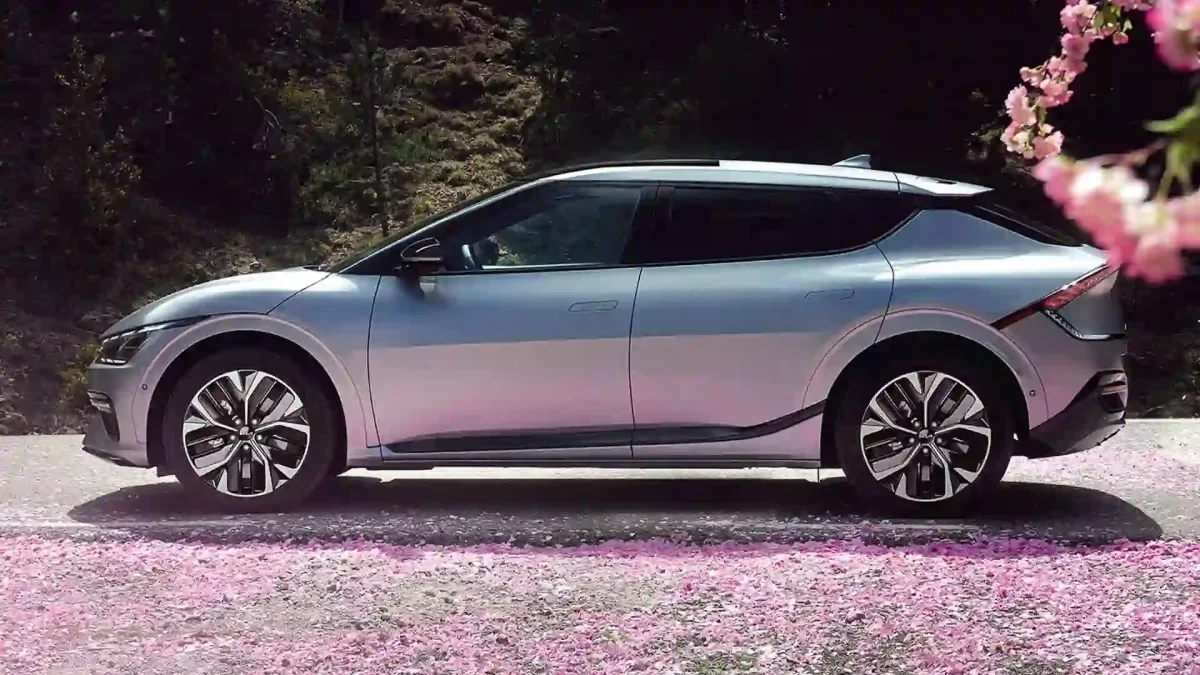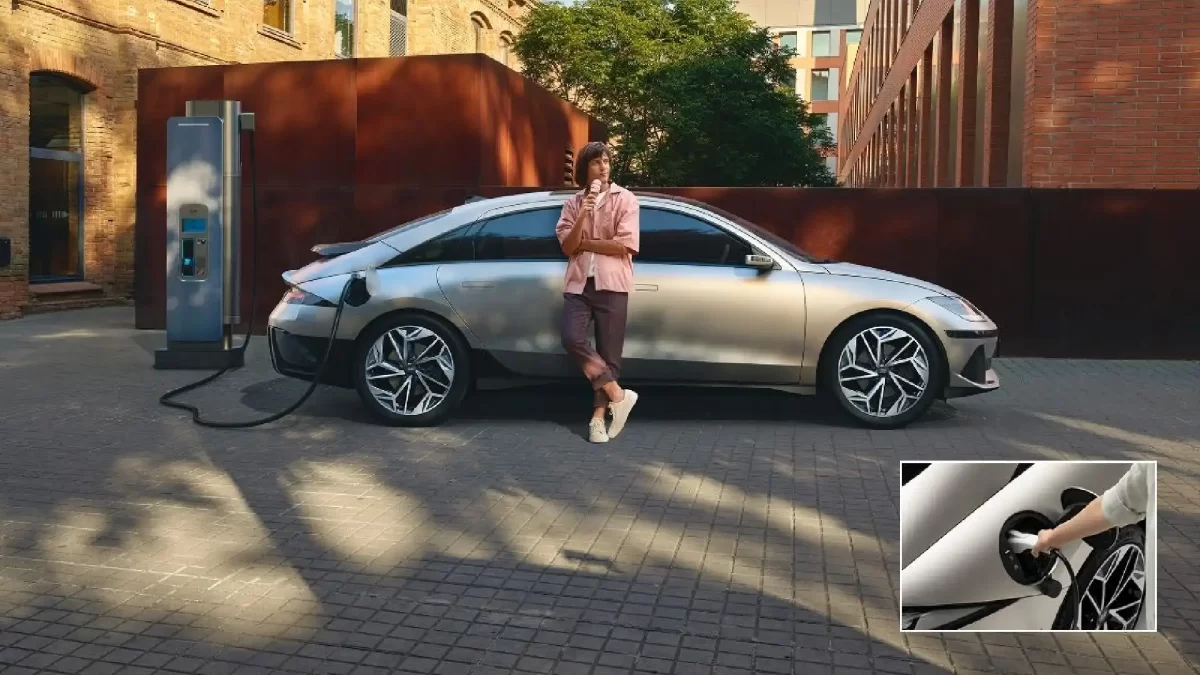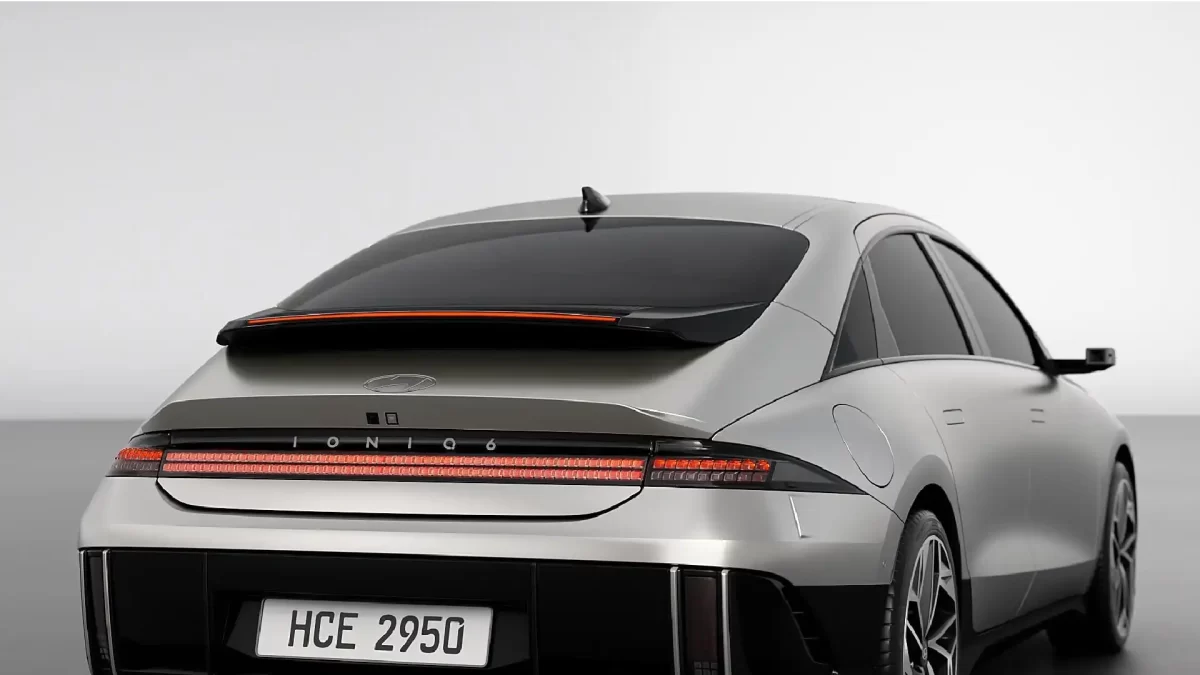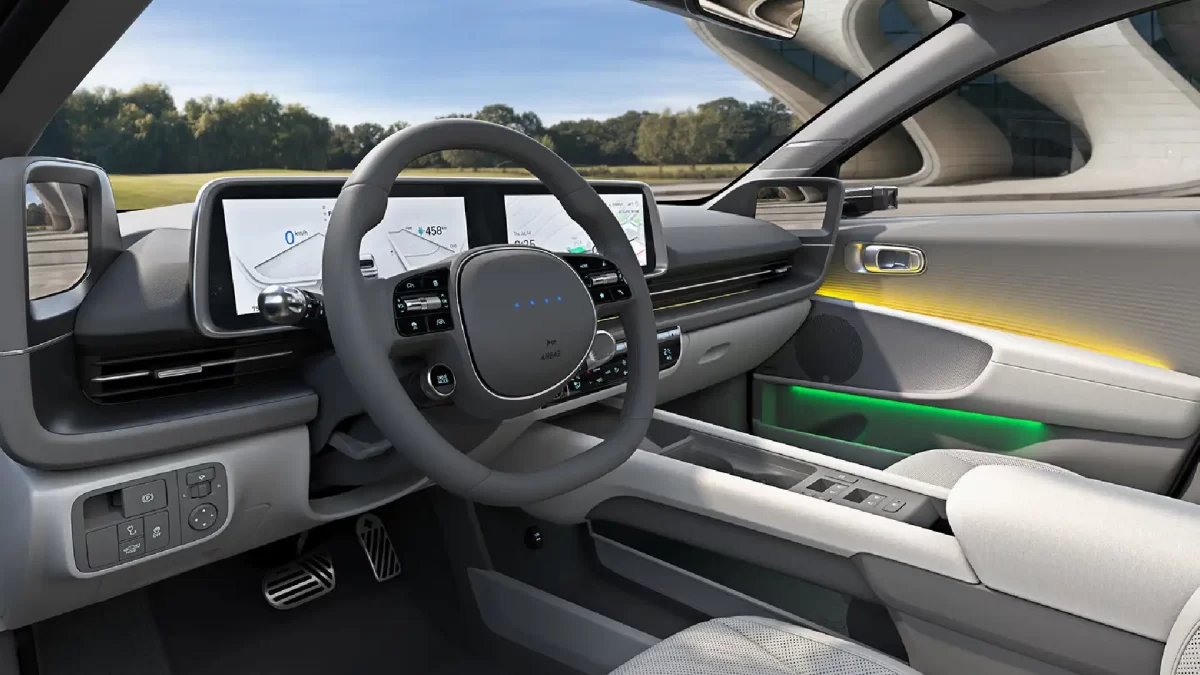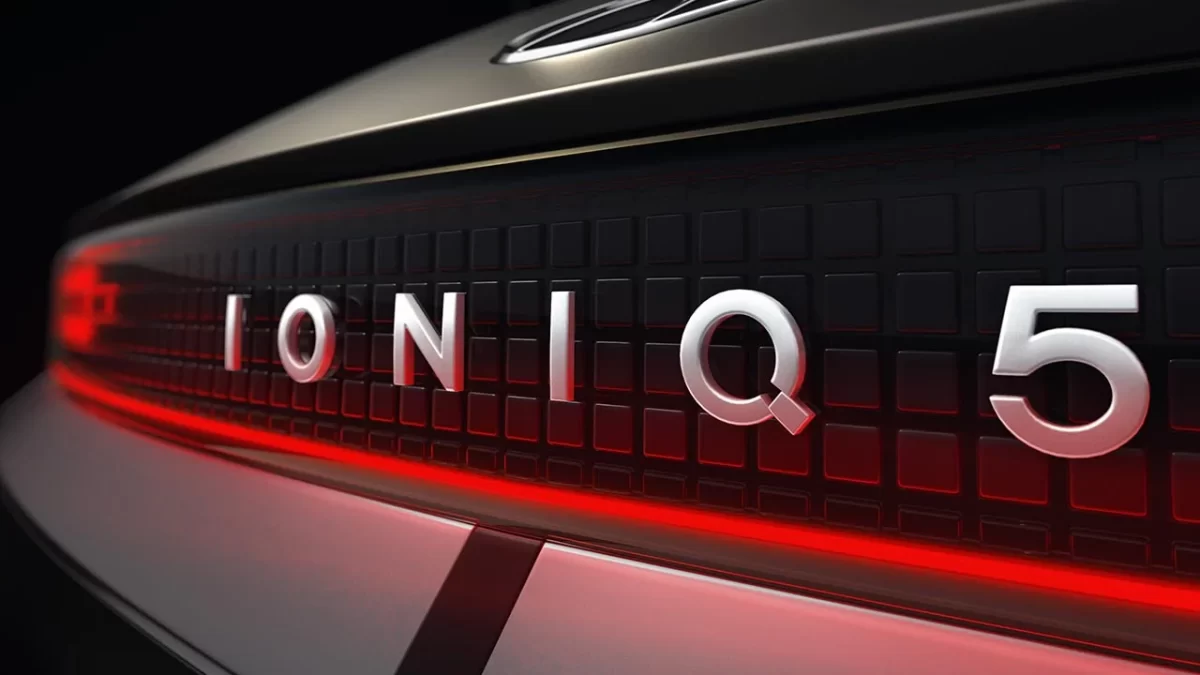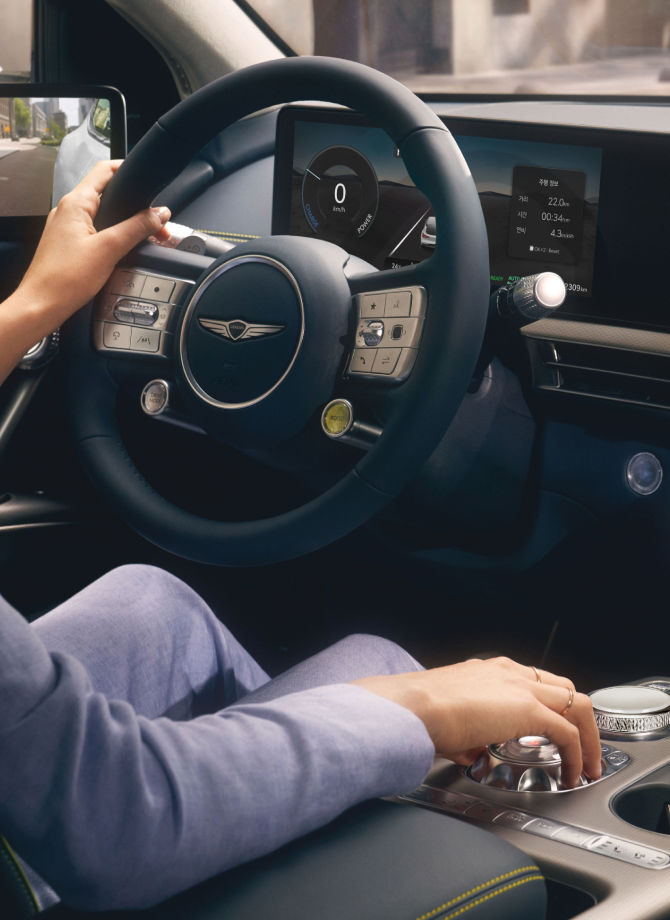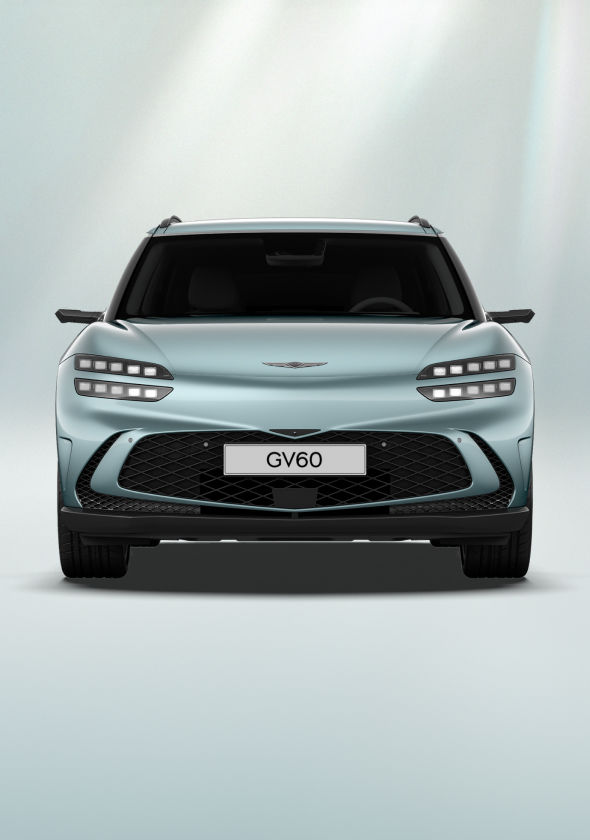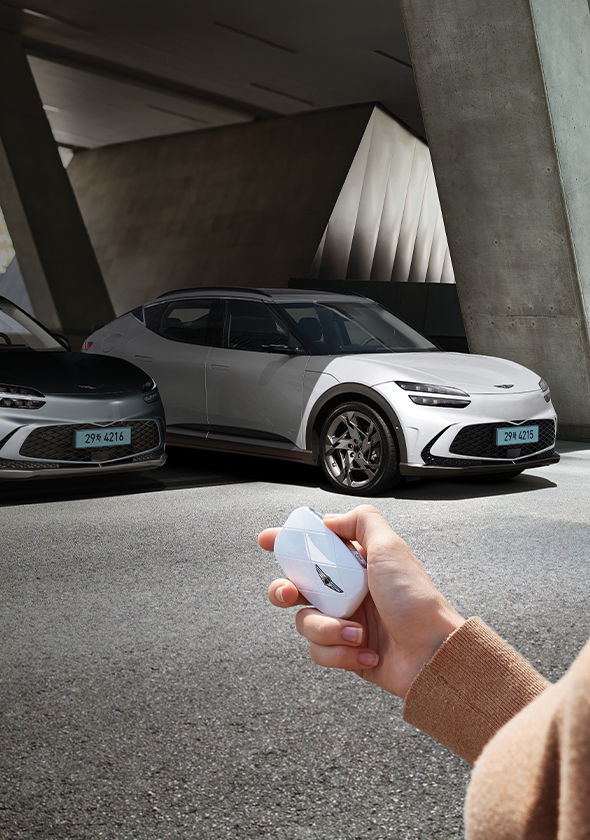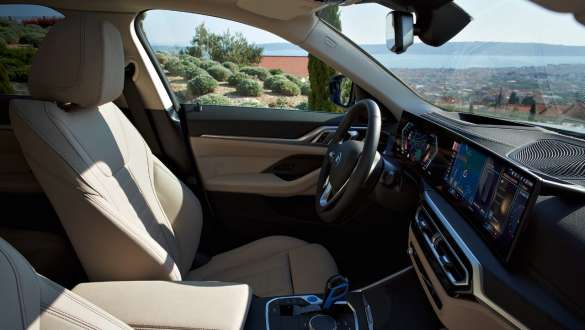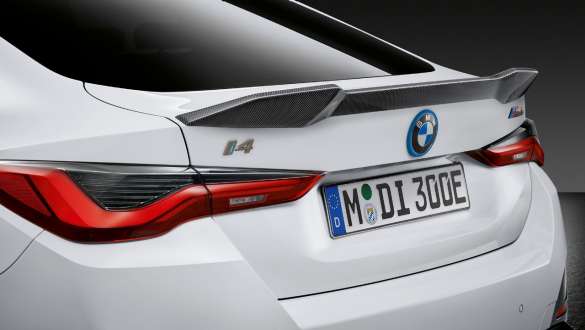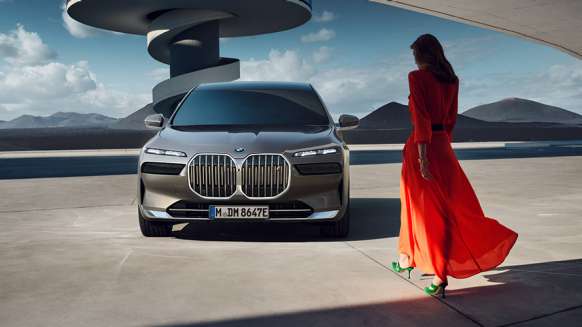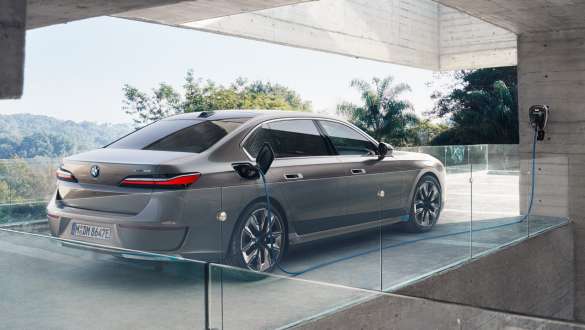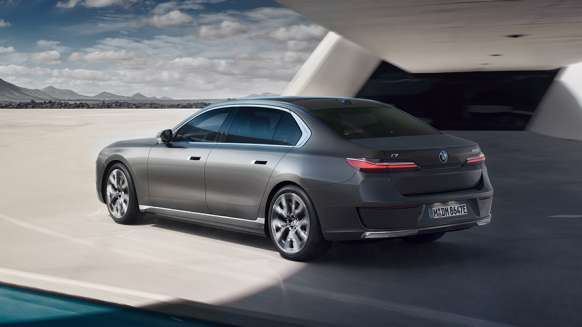
Dew Briefs:
- Wide range of EV models available from various companies.
- EVs with impressive fast charging speeds, increasing mileage in minutes.
- Cutting-edge charging technology showcased in these vehicles.
- Prominent brands like Tesla, Porsche, Audi, Volvo, and BMW featured.
- Focus on user-friendly features like quick charging and efficient battery replenishment.
If you are in the market for a new electric vehicle and prioritize quick charging capabilities, this article is tailored to your needs.
The speed at which electric vehicles can charge from DC fast chargers is a crucial factor that influences potential buyers’ decisions. The faster the charging speed, the less time consumers anticipate spending waiting for their vehicle’s battery to be fully charged.
Charging speed metrics play a significant role in the appeal of electric vehicles to prospective buyers. Manufacturers are aware of this and are striving to outperform each other by offering EVs with faster charging capabilities and more impressive headline figures. Recent years have seen remarkable advancements in EV charging technology, resulting in significantly reduced charging times compared to just five years ago.
In 2024, several EV models stand out for their impressive charging capabilities. This article provides an overview of these vehicles and highlights the significance of their charging figures. Additionally, it includes information on when each model will be equipped with the Tesla NACS connector. It is important to note that the EVs with the fastest charging speeds may not necessarily have the lowest overall charging times.
The GMC Hummer EV and Hummer EV SUV are equipped with a distinctive split battery pack, enabling them to function at 400 volts during driving and 800 volts for accelerated charging. While it is expected to have a maximum charging speed of 350 kW, actual tests have shown it reaching around 300 kW. GMC claims that under optimal circumstances, it can add approximately 100 miles of range in a mere 12 minutes when connected to a Level 3 DC fast charger with sufficient power. Priced starting at $96,550. NACS charger availability from 2025.
Chevy Silverado EV (Tie)
Chevrolet states that the Silverado 4WT can gain up to 100 miles in just 10 minutes when charging at a low state of charge on a 350-kW DC fast charger. Similar to the Hummer EV and Hummer EV SUV, the Silverado EV’s battery pack is configured as two separate 400-volt battery packs. In order to achieve its maximum charging capacity, certain relays switch open, others close, and the pack transitions from a parallel setup to a serial arrangement, effectively doubling the voltage. Priced starting at $74,800. NACS charger availability from 2025 (anticipated in Summer 2024).
Tesla Cybertruck
The Cybertruck is Tesla’s first 800-volt EV and is also the quickest to charge, boasting a maximum rate of over 300 kW. Although Tesla claims it is limited to 250 kW, independent tests have demonstrated that it can exceed 300 kW when connected to a sufficiently powerful third-party charger. The manufacturer estimates that a 15-minute charge should provide an additional 128 miles of driving range. Priced starting at $81,890. NACS charger availability from 2025.
The Lucid Air operates at a voltage exceeding 900 volts, making it the highest-voltage EV currently available for purchase in the US. This results in impressive charging speeds of up to 300 kW in the top Grand Touring and Sapphire trims, allowing for a range gain of up to 200 miles in just 12 minutes. The claimed time to charge from 10 to 80 percent state of charge is 22 minutes. Priced starting at $111,400. NACS charger availability from 2025.
Porsche’s Macan EV, the brand’s second mass-market electric model, is constructed on an 800-volt platform distinct from the Taycan. Despite this, it boasts the same peak charging speed of 270 kW. Although the usable capacity of its battery pack is slightly higher than the Taycan, the manufacturer states that it can charge from 10 to 80 percent in 21 minutes. Priced starting at $80,450. NACS charger availability from 2025.
The Porsche Taycan, Porsche’s first EV, benefits from the 800-volt technology obtained through its collaboration with Rimac. This allows the sporty electric sedan (or wagon) to charge at impressive speeds of up to 270 kW, enabling it to increase its state of charge from 5 to 80 percent in just 22.5 minutes. The starting price for the Taycan is $111,100, and NACS charger availability is expected from 2025.
The Audi E-Tron GT, which shares the same 800-volt platform as the Porsche Taycan, can also achieve charging speeds of 270 kW. With an identical battery pack to the Porsche, it is not surprising that the E-Tron GT can also go from 5 to 80 percent charge in 22.5 minutes. The starting price for the Audi E-Tron GT is $106,500.
The Tesla Model 3 operates on a 400-volt architecture, resulting in slightly slower charging times compared to other EVs. However, it still delivers impressive charging performance, reaching up to 250 kW. This allows for an addition of 175 miles of range in just 15 minutes. With a starting price of $38,990, the Model X also comes with an NACS charger for enhanced charging capabilities.
The Tesla Model Y, a larger and more practical version of the Model 3, shares similar components and batteries. Despite its increased size and weight, the Model Y has a slightly shorter range on a single charge. It can also charge at a maximum of 250 kW, but in 15 minutes, it only adds 162 miles of range, the lowest among Tesla’s models. With a starting price of $43,990, the Model X also comes with an NACS charger for enhanced charging capabilities.
The Model S by Tesla, their initial mass-market vehicle, has undergone significant updates throughout its nearly decade-long existence. As a result, it now offers the same maximum charging speed of 250 kW as the rest of the Tesla lineup. With a larger battery pack compared to the Model 3 and Y, a quick 15-minute stop at a Supercharger can extend its range by up to 200 miles. Starting at a price of $74,990, the Model S is equipped with an NACS charger for added convenience.
Model X, Moving on to the Model X, Tesla’s SUV counterpart to the Model S, it shares similar foundations and features the same battery pack and peak charging speed of 250 kW. However, due to its increased weight and less aerodynamic design, the Model X covers a shorter distance on a single charge. Consequently, a brief 15-minute top-up at a Supercharger station can provide an additional 175 miles of range. With a starting price of $79,990, the Model X also comes with an NACS charger for enhanced charging capabilities.
Volvo EX90 an electric alternative to the XC90, focusing on providing a spacious and family-friendly SUV. The EX90 is equipped with a 250 kW maximum charging speed, an impressive feat for a 400-volt EV. It takes 30 minutes to charge the battery from 10 to 80 percent, and a 10-minute DC fast charging session can add up to 112 miles of range. The starting price for the EX90 is $76,695 and it also will support NACS chargers starting from 2025.
The Polestar 3 shares the same foundation as the Volvo EX90 and is equipped with a similar large battery. As a result, it possesses a peak charging power of 250 kW and can charge from 10 to 80 percent in just 30 minutes. However, due to its lighter weight and more aerodynamic design, a 10-minute fast charging session should provide slightly more mileage compared to other vehicles in its class. With a starting price of $78,900, the Polestar 3 offers a compelling package for electric vehicle enthusiasts.
Kia EV6, On the other hand, the Kia EV6 showcases a distinctive appearance with its tall rally-inspired fastback design. Beneath its sporty exterior, it utilizes the advanced Hyundai-Kia group’s E-GMP 800-volt dedicated EV architecture. This enables the EV6 to achieve a maximum charging power of 240 kW and a 10 to 80 percent charge time of 17 to 18 minutes, depending on the specific version. With a more affordable starting price of $42,600, the Kia EV6 presents an attractive option for those seeking an electric vehicle with impressive performance and charging capabilities.
Above both vehicles are expected to be compatible with NACS chargers, with the Polestar 3 slated for 2025 and the Kia EV6 anticipated to support NACS charging by Q4 2024.
The Hyundai Ioniq 6, constructed on the E-GMP platform, boasts a peak charging speed of 233 kW. According to the manufacturer, its battery can be charged from 10 to 80 percent in a mere 18 minutes, regardless of the battery pack size, when connected to a station capable of delivering at least 250 kW. With a starting price of $37,500, the Hyundai Ioniq 6 offers an enticing option for electric vehicle enthusiasts.
Hyundai Ioniq 5, On the other hand, the Hyundai Ioniq 5 serves as a taller crossover alternative to the sleek and aerodynamic Ioniq 6. It shares the same E-GMP platform and features a similar peak charging power of 233 kW. Additionally, it takes approximately 18 minutes to charge from 10 to 80 percent. Priced from $41,800, the Hyundai Ioniq 5 presents a compelling choice for those seeking a crossover electric vehicle.
The Hyundai Ioniq 6 and The Hyundai Ioniq 5 both models are expected to be compatible with NACS chargers starting from Q4 2024.
The Genesis GV60, a luxurious counterpart to the Ioniq 5, shares the same dimensions and platform as its Hyundai sibling. With a 233 kW peak charging power and a battery pack of the same size, it can charge from 10 to 80 percent in just 18 minutes. Its price starts at $52,000.
The Genesis GV60, Unlike the E-GMP-based models, the Genesis Electrified GV70 is an electric variant of the ICE GV70. However, it still boasts a remarkable peak charging power of 233 kW and a charging time of 18 minutes from 10 to 80 percent. This allows for an additional range of approximately 186 miles. The starting price for this model is $66,450. The NACS charger for this vehicle will be available from Q4 2024.
BMW i4, BMW has yet to introduce any 800-volt EVs, but the i4, a 400-volt EV, boasts an impressive maximum charging power of 205 kW. Originally at 195 kW, this was increased through a software update, enabling the i4 to reach 80 percent charge in just over 30 minutes. BMW claims that a 10-minute DC fast charging session can provide an additional 90 miles of range. The starting price for the EX90 is $52,200 and it also will support NACS chargers starting from 2025.
BMW i7, Sharing the CLAR platform with the i4, the larger i7 sedan features a bigger battery pack. Initially launched with a peak charging rate of 195 kW, it has now been upgraded to 205 kW. BMW states that charging an i7 for 12 minutes from a 250 kW DC fast charger, starting at 10 percent state of charge, will add 100 miles of range. The starting price for the EX90 is $105,700 and it also will support NACS chargers starting from 2025.
Diver Insights :
The fastest-charging EVs currently on the market operate at 800 volts or higher, with some models capable of charging from 10 percent to 80 percent in under 20 minutes. These vehicles can add hundreds of miles of range in just 10 minutes, making them highly attractive to buyers who value efficiency and convenience in their charging experience. While the industry has not yet reached the point where charging an EV is as quick as refueling a traditional gas-powered vehicle, the rapid pace of innovation suggests that this milestone may be achieved within the next five years.




